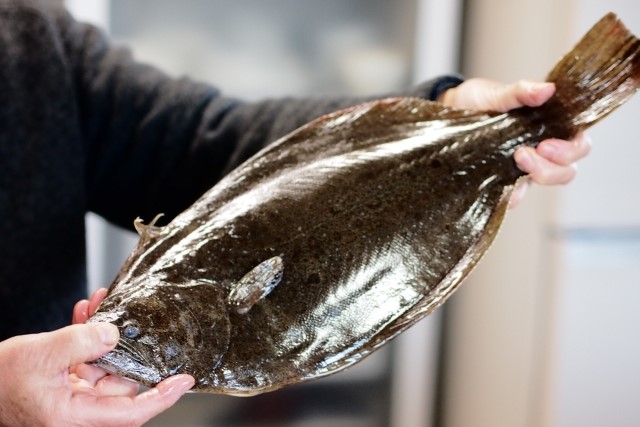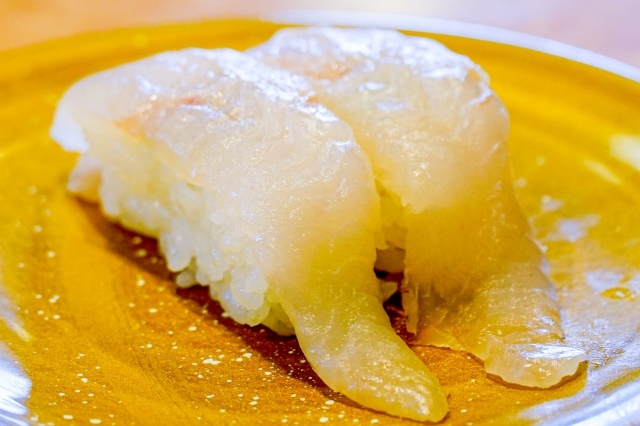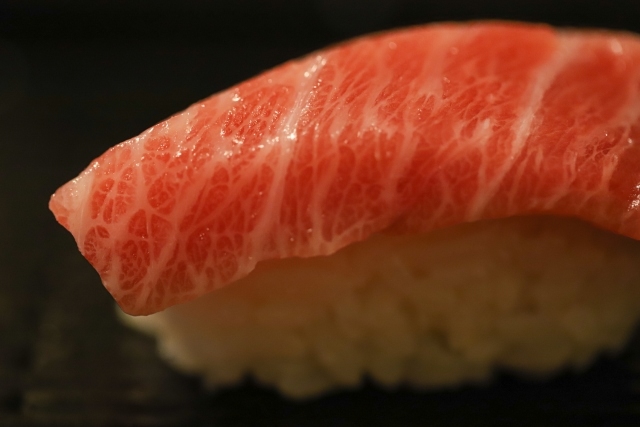Contents
Basic Information
In high-end sushi restaurants, chefs select the most seasonal and premium seafood from their daily purchases to serve. Attention to detail, such as the temperature when forming the sushi, the firmness of the vinegared rice (Shari), and the way the fish is sliced, is meticulously maintained. This is what characterizes luxury sushi.
Nodoguro (Blackthroat seaperch)
This fish, primarily consumed in the Hokuriku region of Japan, became nationally recognized as a high-end fish around 2014. The rich fat content is comparable to that of tuna belly, giving it the moniker “white toro” for its delectable taste.
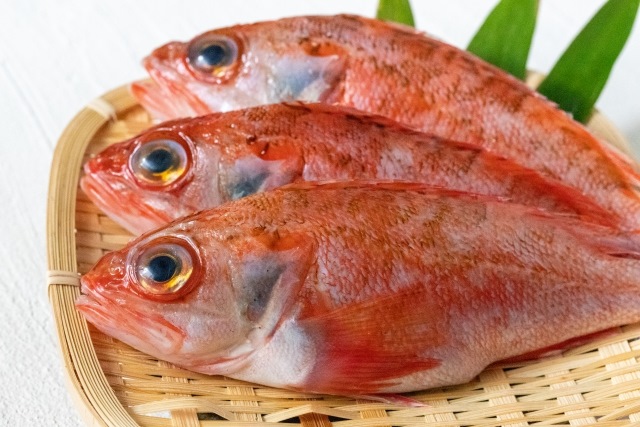
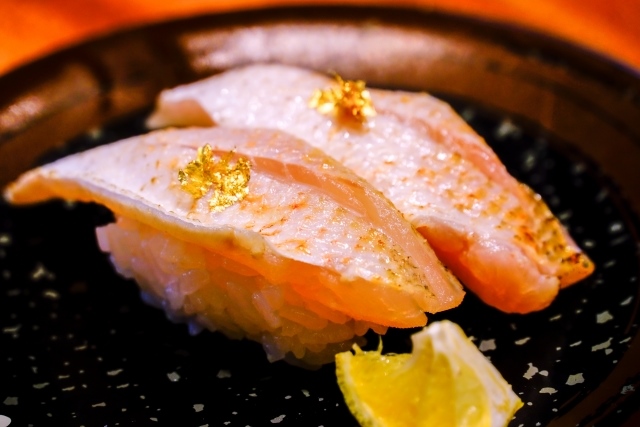
Hamachi (Yellowtail)
This fish, which changes its name as it grows and becomes Buri when it’s fully grown, is favored by various generations for its firm texture and moderate fat content. Although Buri is also a high-end fish, Hamachi enjoys a wider popularity.
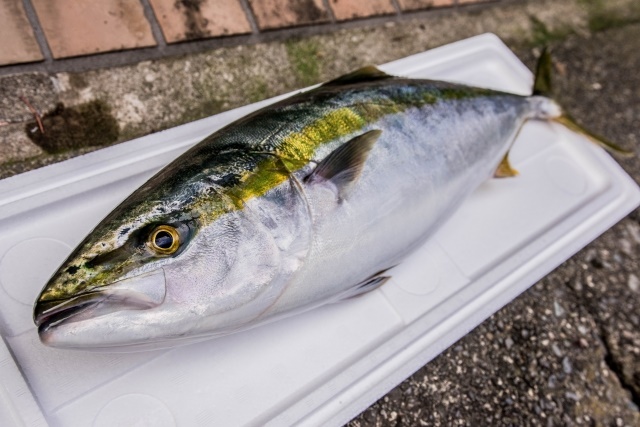
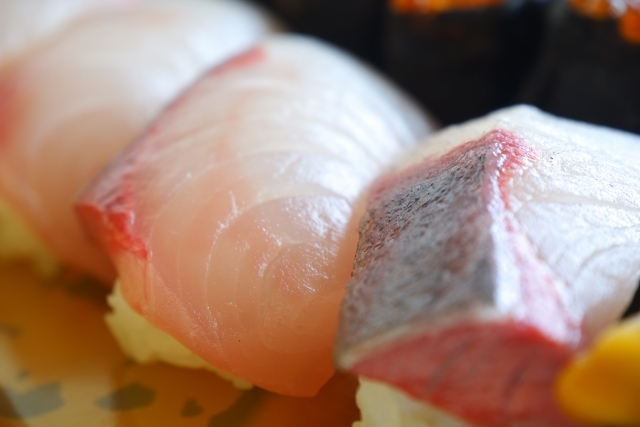
Hamo (Pike conger)
As a relative of eel and conger eel, Hamo needs to be heated before consumption due to the presence of toxins in its blood. It is enjoyed as a delicacy in Kyoto, but in other regions, it’s often used in minced dishes or made into kamaboko (fish paste) due to its numerous bones. This makes it a rare find in nigiri sushi. The unique preparation involves making fine cuts into the flesh that’s been blanched in hot water.
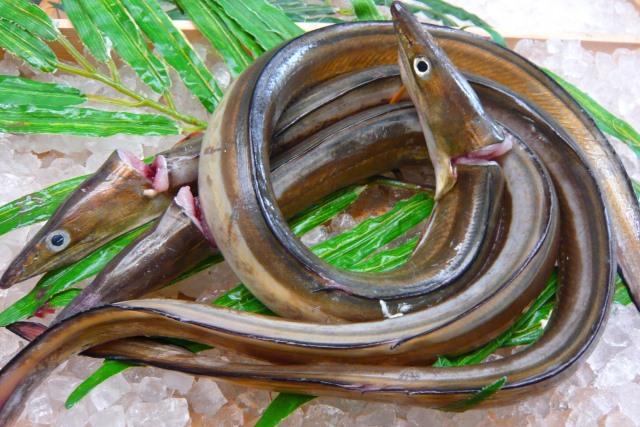
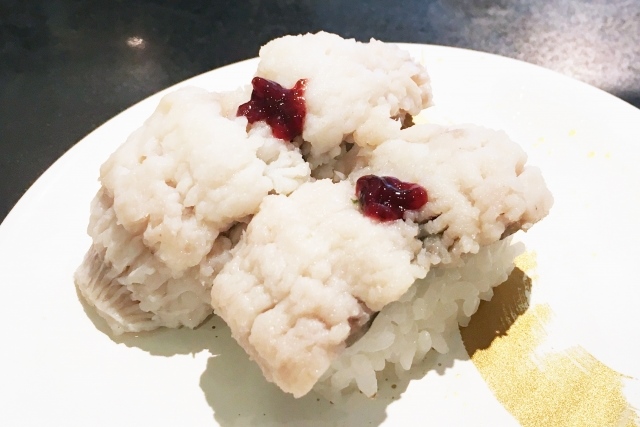
Otoro (Fatty Tuna Belly)
Among all parts of the tuna, Otoro is the most expensive ingredient for nigiri sushi. The belly of the tuna, where Otoro is located, yields only a small amount, making it quite rare. Its melting texture and rich flavor are unparalleled, especially the Otoro of a variety called “black tuna,” considered to be the finest.
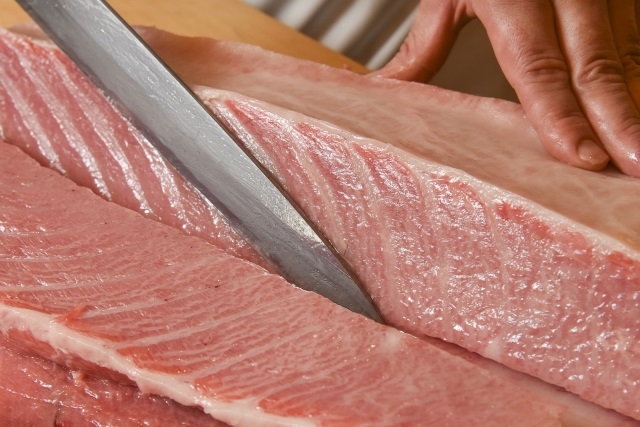
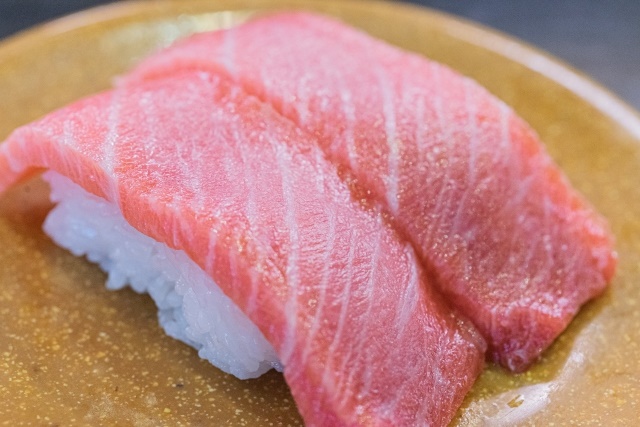
Chutoro (Medium Fatty Tuna)
Chutoro is the second most expensive part of tuna. It comes from the area stretching from the belly near the tail to the back, thus more can be harvested than Otoro. For those who find the richness of Otoro overwhelming, Chutoro with its moderate fat content can be a great alternative.
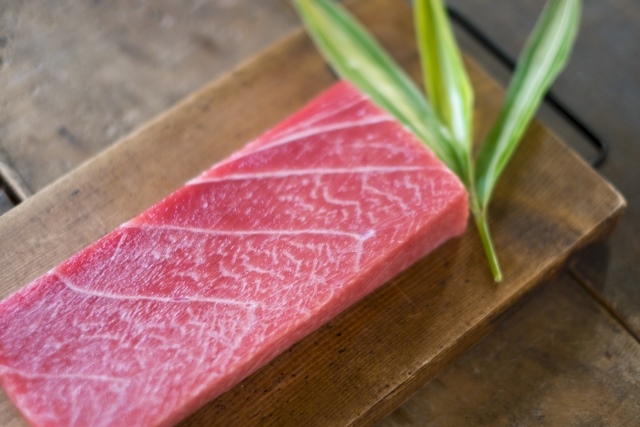
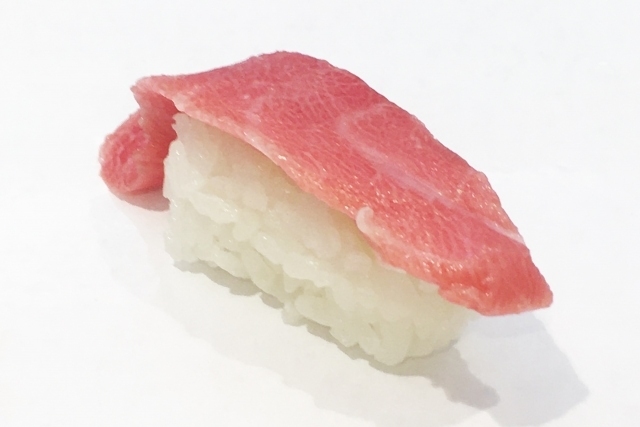
Fugu (Pufferfish)
The pufferfish, which has a strong poison, is a highly dangerous fish that requires a license for preparation, but it is incredibly delicious. It is particularly popular in Yamaguchi Prefecture and the Kyushu region, especially in Fukuoka. It is usually eaten in hot pots or as sashimi, but it can also be enjoyed as nigiri sushi.
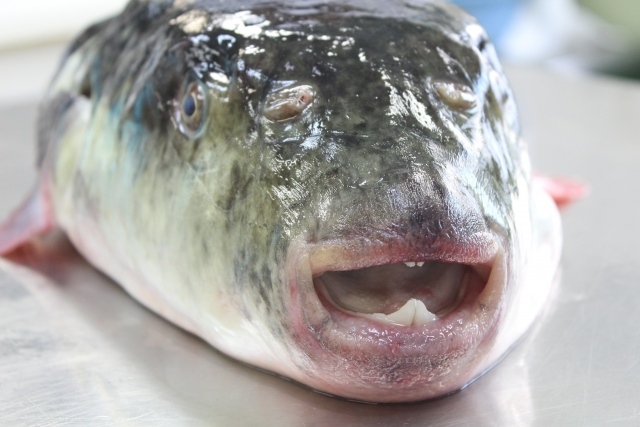
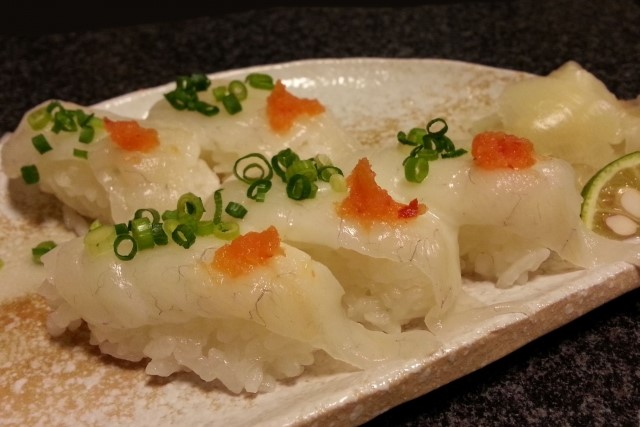
Hirame (Flounder)
Among white-fleshed fish, flounder is known for its mild and delicate flavor. Particularly, its fin part, known as “Engawa,” offers a unique texture and taste.
